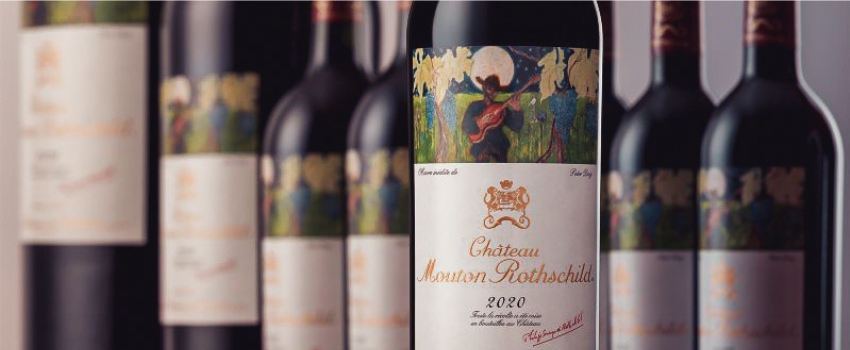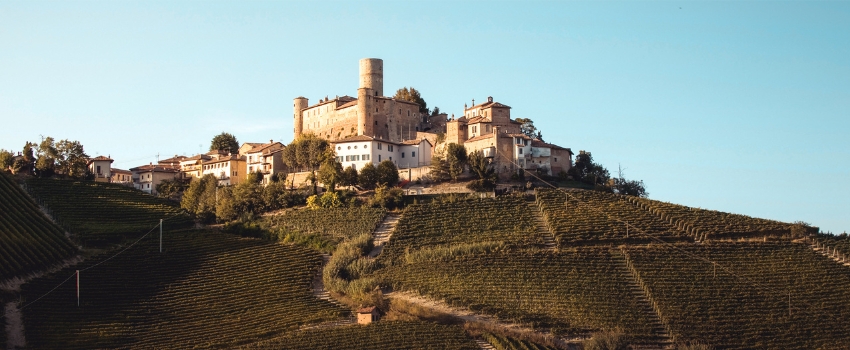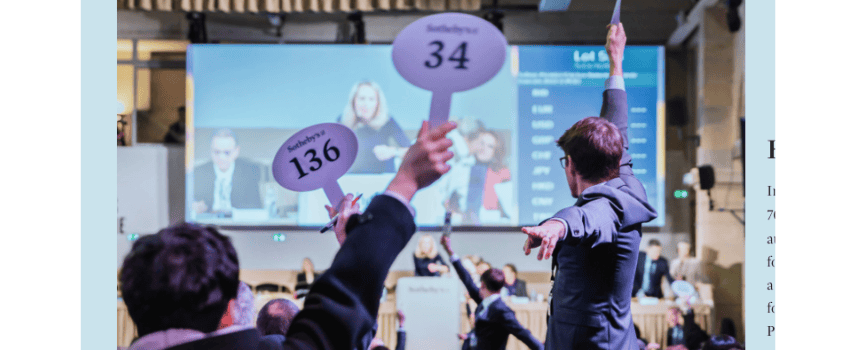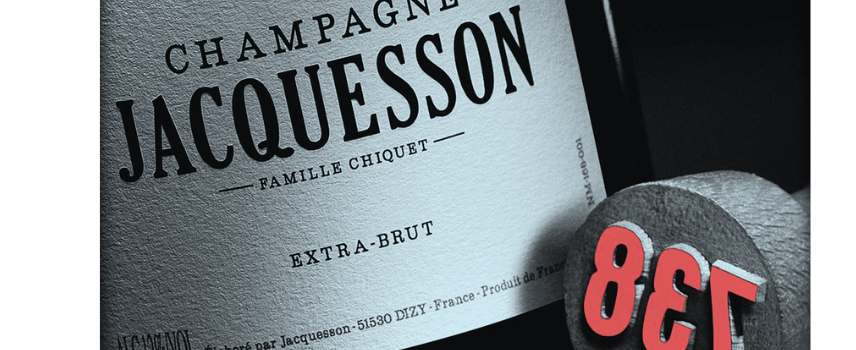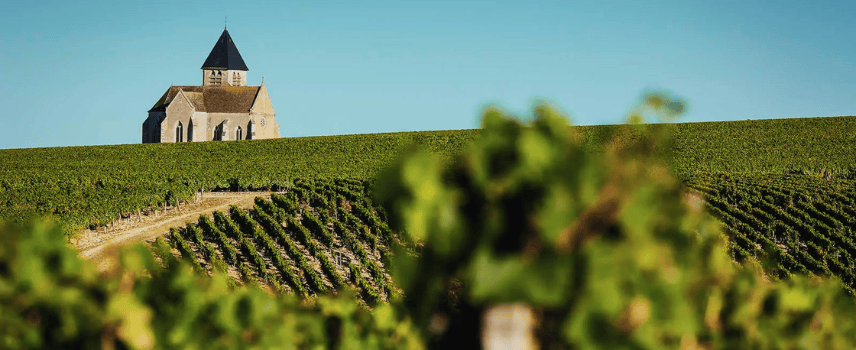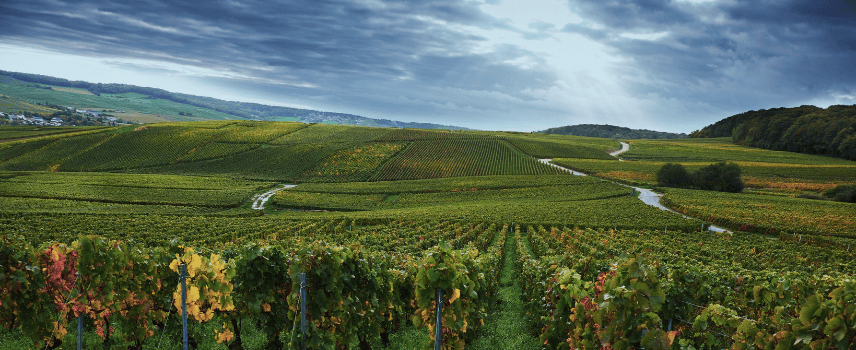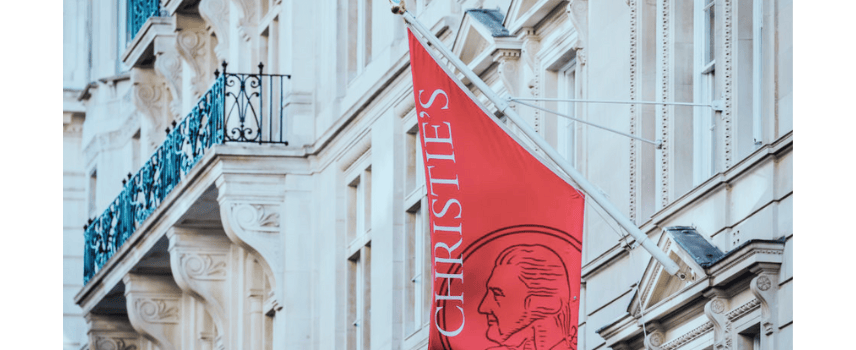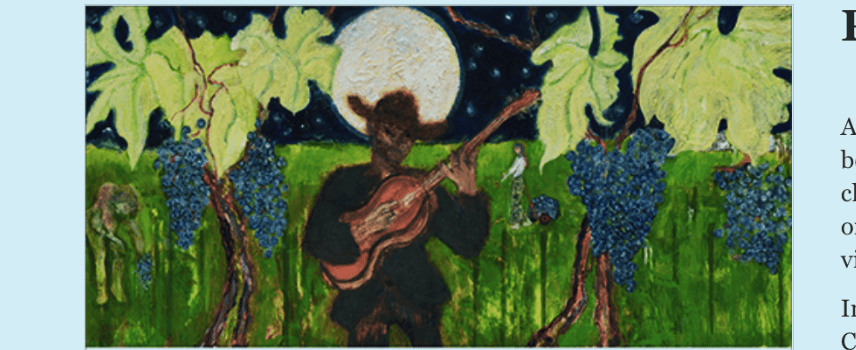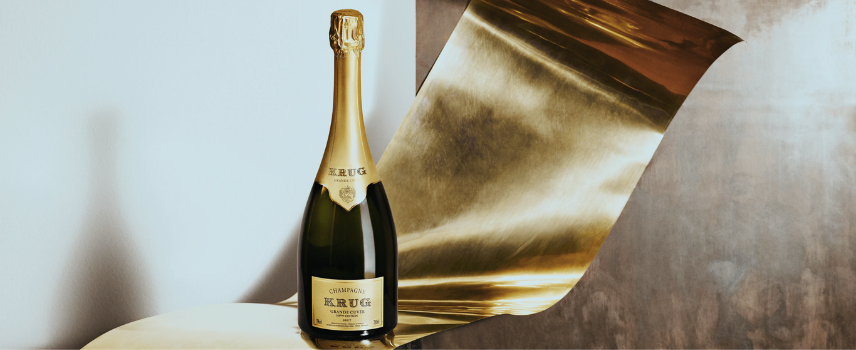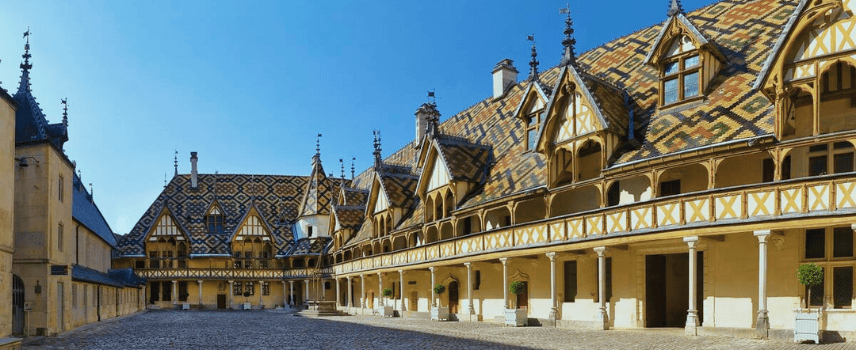A number of key critics have delivered their thoughts on the third and final of the vintage triumvirate – Bordeaux 2020. The wines are characterized by lower alcohol levels, tension, and precision as a result of the warm and dry conditions with well-timed rainfall.
As the wines continue to become available in bottle, attentions have refocused on this vintage thanks to the unusual circumstances that surrounded it. With summer ripening and harvest taking place in the thick of the Covid-19 lockdown, restricted access to the estates meant that the growing season and processes took place relatively quietly and without the usual commentary. En primeur tastings were undertaken either remotely, or under tightly controlled conditions.
More recent tastings have revealed, however, that Bordeaux 2020 might be the champion of the three. Antonio Galloni concluded in his report, titled “Saving the Best for Last”, that “2020 is a great modern-day Bordeaux vintage. From the standpoint of both peaks and overall consistency, it surpasses 2018 and 2019.” Neal Martin notes in his report that “Overall, the 2020 vintage delivers the goods. It seals the trio of great Bordeaux vintages, albeit sculpted in a modern style” referencing that of the three vintages that encountered warmer conditions “by 2020, they knew a hell of a lot more than in 2018”.
Both praised Pauillac’s Lafite Rothschild and Mouton Rothschild, as well as the “epic” Château Margaux, powerful Montrose, and Pétrus, which Neal Martin proclaimed “an absolute killer”.
Jane Anson was fortunate enough to be one of a handful of people able to experience en primeur in Bordeaux itself. In her Bordeaux 2020 vintage overview she mentions the significance of a more focused year. Where producers could be fully dedicated to winemaking alone, this “allowed estates to put the spotlight on their own processes, and perhaps question certain accepted practices, or double-down on others.”
Anson also notes that Bordeaux 2020 has seen only limited trading so far, but that it is likely to pick up the pace soon as more wines become available.
Bordeaux 2020 looks to be a vintage with a lot to offer, and potentially one of those rare occasions where the third in the series is considered the best. At WineCap, we see excellent performance potential here and will be in touch with new offers on this promising offering soon.
